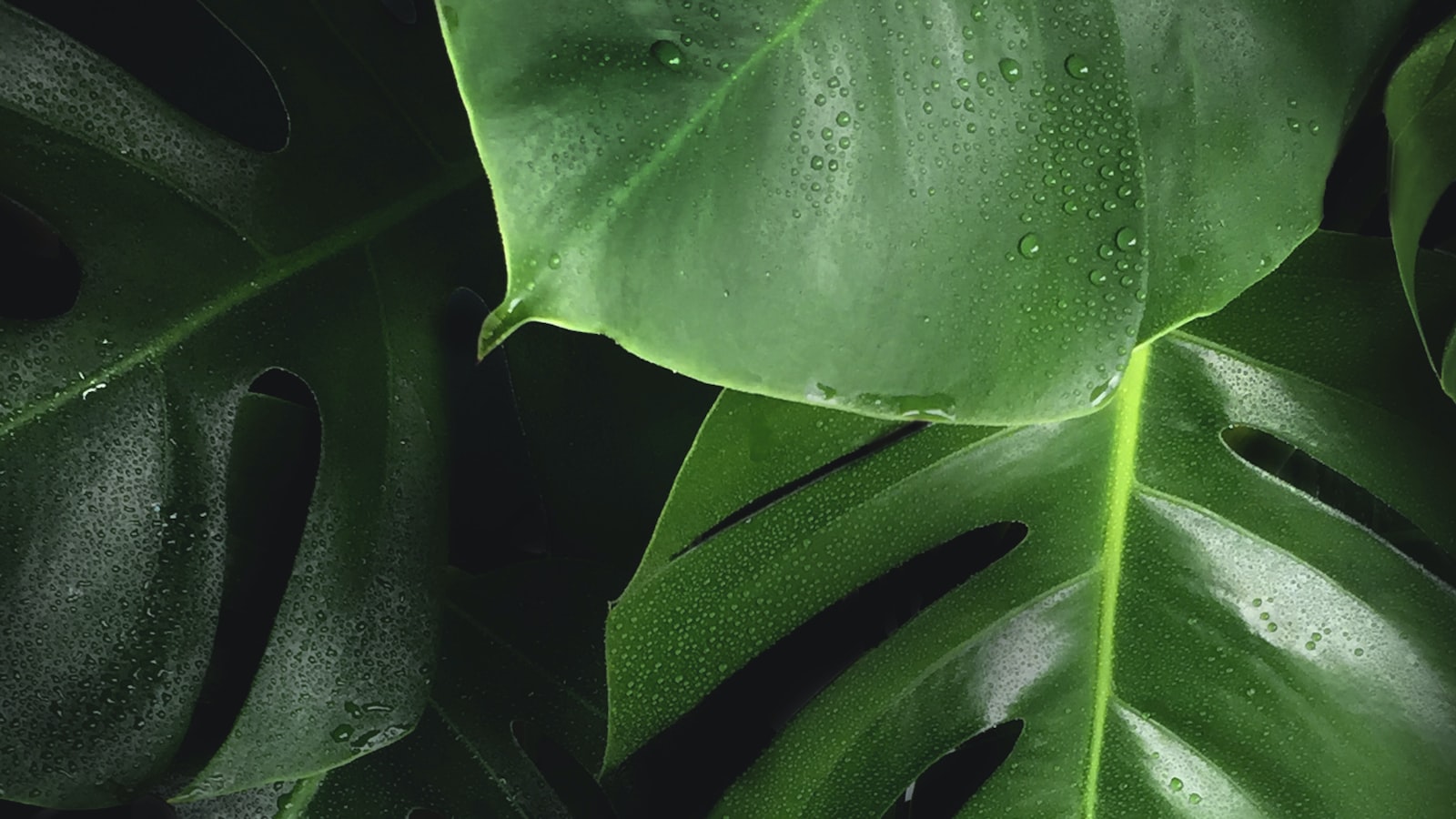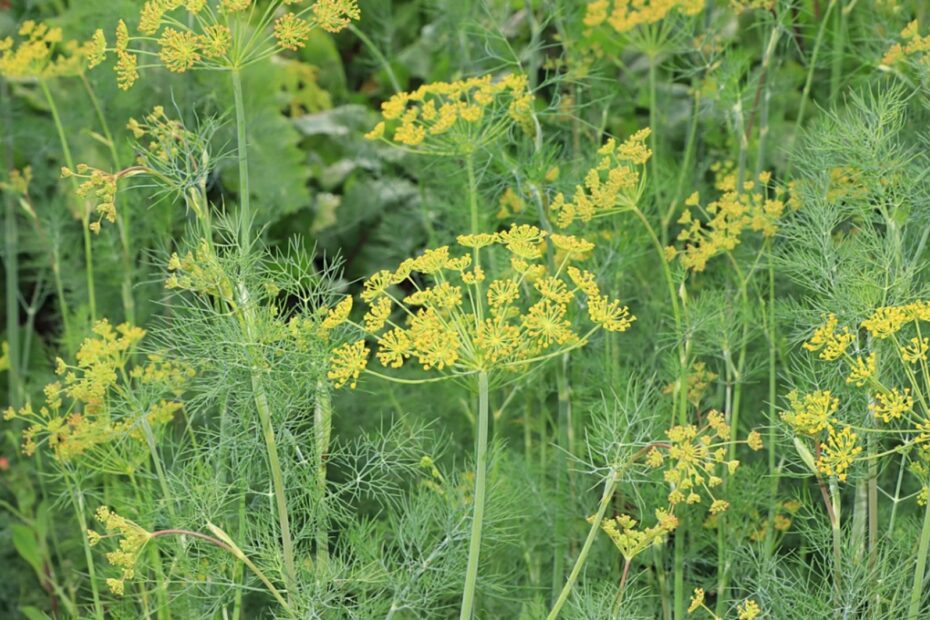Gone are the days of flourishing green fronds and that distinctive, invigorating fragrance wafting through the air. Alas, the once vibrant dill plant that adorned your garden has now succumbed to a mysterious decline. As every leaf wilts and every stem withers, you can’t help but wonder: why is my dill plant dying? With bated breath, let us dive into the intricate world of dill woes, unlocking the secrets of its demise, and perhaps finding a glimmer of hope amidst this botanical tragedy. Behold, this article unveils the enigmatic reasons behind your dill’s demise with an unwavering commitment to unraveling its plight. Prepare yourself for an exploration into the soil, pests, diseases, and all other factors hiding behind the curtain, waiting to determine the fate of your beloved herb. Join us on this horticultural odyssey as we seek answers and reclaim the vitality of our once thriving dill gardens.
The Mysterious Withering: Unfolding the Potential Causes of Dill Plant’s Demise
The dill plant, once flourishing with vibrant green leaves and an aromatic fragrance, now appears to be in a state of decline. Its once healthy stems have become brittle, and the leaves, once vibrant and bushy, now droop and wither. As a concerned plant parent, it is natural to wonder what could possibly be causing the demise of your beloved dill plant.
In the mysterious world of plant ailments, several potential causes can lead to the unfortunate decline of dill plants. One possible culprit could be overwatering, as excessive moisture can suffocate the delicate root system, leading to root rot. On the other hand, underwatering can cause dehydration and stress, causing the dill plant to wither. Another possible reason could be inadequate sunlight exposure, as dill plants typically thrive in full sun conditions. It is essential to ensure your dill plant receives at least 6-8 hours of direct sunlight daily. Additionally, poor soil quality, lack of nutrients, or disease infestation could be contributing factors to the dill plant’s decline.
| Features | Tips |
|---|---|
| Full Sun | – Provide your dill plant with at least 6-8 hours of direct sunlight daily. |
| Well-Draining Soil | – Ensure the soil is well-draining to prevent waterlogging and root rot. |
| Regular Watering | – Water the dill plant consistently, allowing the soil to dry out slightly between watering sessions. |
Unveiling the Culprits: Identifying Common Pests and Diseases that Threaten Dill Plants’ Survival
Are you noticing your beloved dill plant withering away, its once vibrant leaves now mottled and lifeless? Fear not, for we are here to shed light on the secrets behind your dill plant’s demise. Unveiling the culprits responsible for its declining health is the first step towards saving it.
One of the most prevalent pests that pose a threat to dill plants is the dastardly aphid. These tiny, sap-sucking insects can quickly infest your dill, causing the leaves to deform and discolor. Another sneaky intruder is the spider mite, known for spinning fine webs and sucking the life out of your dill’s delicate foliage.
| Common Pests | Signs and Symptoms |
|---|---|
| Aphids | Deformed and discolored leaves |
| Spider Mites | Fine webs and withering foliage |
In addition to these pesky pests, dill plants also face the threat of various diseases. Fungal infections, such as powdery mildew, can coat your dill’s leaves with a powdery white substance, hindering its ability to thrive. Another disease to watch out for is bacterial leaf spot, which manifests as small, dark spots on the leaves, eventually causing them to die and drop off.
| Common Diseases | Signs and Symptoms |
|---|---|
| Powdery Mildew | Powdery white substance on leaves |
| Bacterial Leaf Spot | Small dark spots on leaves, leaf drop |
Now that the culprits have been revealed, you can take action to save your struggling dill plant. Implementing proper pest control measures, such as regular inspection and natural remedies like neem oil or insecticidal soap, can help tackle the infestation. It is also crucial to maintain healthy soil conditions and provide adequate spacing between plants to prevent the spread of diseases.

Plant Parenthood 101: Essential Care Tips to Revive Your Declining Dill Plant
Are you feeling distressed over your dill plant’s unfortunate decline? Don’t worry, you’re not alone in this journey of plant parenthood! Dill plants, with their delicate fronds and distinctive aroma, require specific care to thrive. In this post, we’ll explore the reasons behind your dill plant’s struggle and provide essential tips to help revive it.
One common reason for a dill plant’s decline is inadequate sunlight. Dill plants are sun worshippers and require a minimum of 6 hours of direct sunlight daily. If your dill plant is not placed in a sunny spot, consider relocating it to a sunnier area or investing in a grow light to provide the necessary lighting. Additionally, check the soil moisture regularly, as overwatering can cause root rot, while underwatering can lead to dehydration and wilting. Strive for a balance by allowing the top inch of soil to dry out between waterings.
| Key Features | Essential Tips |
|---|---|
| Direct sunlight | Ensure your dill plant receives at least 6 hours of sunlight each day or consider using a grow light. |
| Proper watering | Check soil moisture regularly and water accordingly, allowing the top inch of soil to dry out between waterings. |
| Pruning | Trim your dill plant regularly to encourage healthy growth and prevent legginess. |

Nurturing Future Harvests: Proactive Measures to Prevent Dill Plants from Dying
Are you puzzled by the sudden withering of your beloved dill plant? Fear not, we are here to unveil the mysteries behind this distressing phenomenon. Dill plants, with their delicate feathery leaves and irresistible aroma, are a favorite addition to any herb garden or kitchen. But when they start to decline, it’s essential to take proactive measures to revive them and ensure future bountiful harvests.
One of the most common reasons for the demise of dill plants is inadequate water supply. These herbal gems are thirstier than they may appear, necessitating regular watering. Ensure that the soil is consistently moist, but not overly saturated, as excessive water can cause root rot. To maintain optimal moisture levels, consider incorporating a layer of mulch around the plant’s base, helping to retain moisture while also preventing the growth of pesky weeds.
| Feature | Description |
|---|---|
| Proper sunlight | Dill plants crave the warmth of bright sunlight, so ensure they receive at least 6 hours of direct sunlight daily. |
| Adequate spacing | Give your dill plants room to breathe by spacing them appropriately, allowing for good air circulation and reducing the risk of diseases. |
| Regular pruning | Trimming your dill plants not only encourages bushier growth but also prevents them from wasting energy on producing seeds prematurely. |
Frequently Asked Questions
Q: Why is my dill plant suddenly doing the limbo and wilting away?
A: Ah, the wondrous dance of life and death in the plant kingdom! Your dill plant, unfortunately, seems to be heading towards the latter. Let’s explore the possible reasons behind this sad spectacle:
Q: Is my dill plant feeling unloved and neglected, leading to its demise?
A: Unfortunately, plants aren’t as needy of attention as our furry friends. Neglect might be a fond rumor spreading around, but the true culprits could be lurking elsewhere.
Q: Could the grim reaper of gardens be attacking my prized dill?
A: Fear not, dear gardener, for your dill might not be in the grasp of the Grim Reaper himself. However, there exist other foes that could be causing your dill’s untimely departure from the garden realm. As we bid farewell to our ailing dill friend, let us reflect on the fragility of life, even within the vibrant world of flora. While this humble article may not have healed your dill plant’s woes, we hope it shed light on the perplexing circumstances surrounding its demise. From the ever-surprising personality of this herbaceous companion to the complex dance of watering, light, and nutrients, we enter a realm where understanding intertwines with mystery.
Perhaps your dill plant, like us, thrives on a pinch of enigma, threading an air of uncertainty through its roots. Alas, we must accept that even the most skilled horticulturists encounter setbacks. It is in these moments, as we mourn the loss of our green companions, that we become immersed in a symbiotic dance with nature’s rhythms.
Though we leave you now, armed with newfound knowledge and aware of the delicate dance between life and death in the flora kingdom, we invite you to keep experimenting. Illuminate your garden with fresh energy, replant the seeds of curiosity, and nurture the boundless potential that resides within the soil.
Remember, even though your dill plant may have succumbed to the frailties of existence, it serves as a reminder that growth lies not solely in success, but in the lessons engraved within each wilted leaf. In the intricate tapestry of life, both joy and sorrow intertwine to form a more profound understanding of the world we inhabit.
So, dear reader, as you continue your gardening journey, may you not be discouraged by a dill plant’s demise, but instead find solace in the ever-changing landscape of nature. Embrace the unpredictable, and let your future green endeavors be nourished by the bittersweet melody that only Mother Earth can orchestrate.
As the curtain falls on this captivating tale of dill plant woe, we bid you farewell, armed with knowledge and a renewed appreciation for the delicate balance between life and death. Until we meet again, dear gardener, may your green thumb ever blossom and your harvests be plentiful.
- When to Put Weed and Feed on Lawn in Michigan - October 16, 2023
- When to Fertilize Potatoes Plants - October 16, 2023
- Can You Plant Clover in the Spring - October 16, 2023
Contents
- 1 The Mysterious Withering: Unfolding the Potential Causes of Dill Plant’s Demise
- 2 Unveiling the Culprits: Identifying Common Pests and Diseases that Threaten Dill Plants’ Survival
- 3 Plant Parenthood 101: Essential Care Tips to Revive Your Declining Dill Plant
- 4 Nurturing Future Harvests: Proactive Measures to Prevent Dill Plants from Dying
- 5 Frequently Asked Questions

